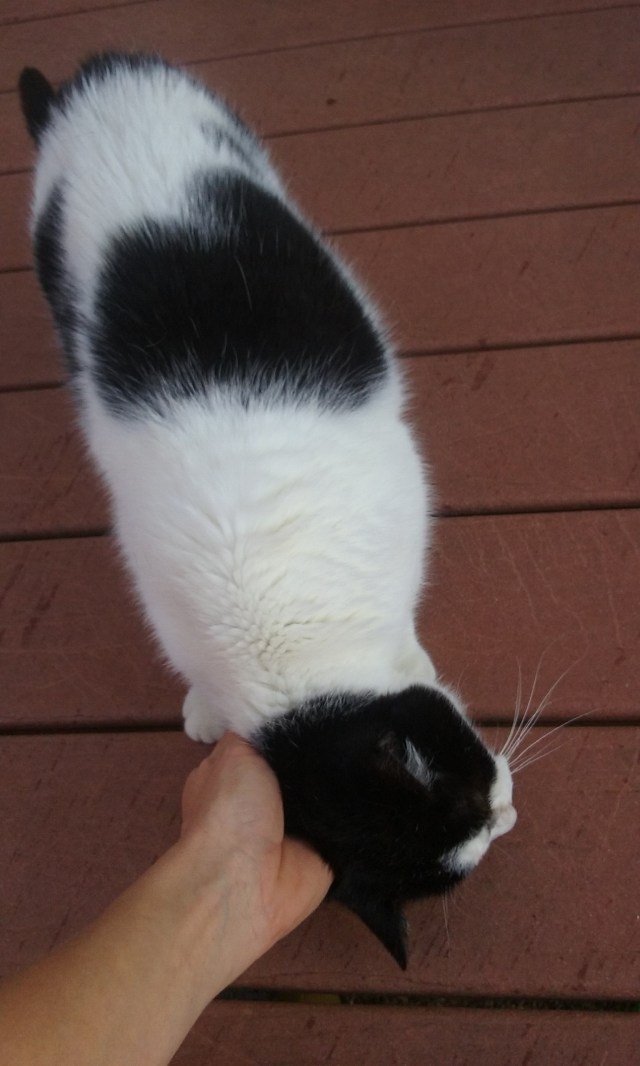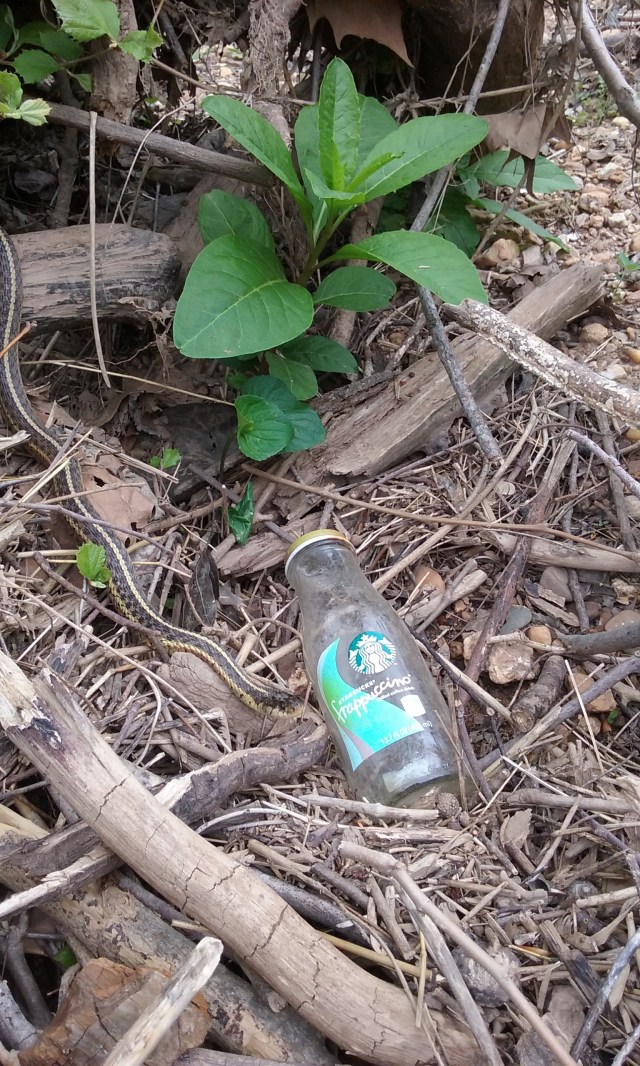
Even as I type, I can hear the the high-pitched croak of a mother starling scolding my old cat for daring to creep out onto our deck. At 17, our Ashley-cat has lost interest in hunting, and, up until about the age of 15, she never ventured out of doors (or out of our closet, for that matter) anyway. She is a strictly indoor cat by choice, and, considering her longevity, it’s hard to argue that this hasn’t been a good decision on her part. While I can’t blame the starling for vociferously protecting her babies (which are, yet again, in our chimney vent), she’s wasting energy that she could be using to fetch her children food, which they seem to need about every 5 minutes judging by the desperate racket in my living room wall.

Even if Ashley-cat had been inclined to go outdoors, we would have kept her inside. The many cats that we kept when I was growing up had full roaming privileges, going out or in as they pleased, with multiple door-openers at their service. One cat in particular, a big, blond boy with a kingly mien, preferred the outdoors and seemed to feel that he belonged to the whole neighborhood rather than simply to us. (For reasons unknown to me, as I was not yet born when he came into our home, we called him Tiffany, which made me endlessly confused about all the girls named Tiffany…I knew three of them and was convinced that all of their parents had made a mistake.) His roaming ended when he was hit by a car on the busy street in front of our house.
Upset, I did what every distraught 10-year-old girl does and wrote a letter to the editor in my local paper. In the letter (which I signed with my name and age), I chided careless drivers and requested that, if they must hit cats in the road, they stop, take the cat out of the road, and inform a local homeowner. This was all very naive, of course, and I soon received several nasty letters in the mail informing me that I was an irresponsible pet owner who was to blame for my cat’s death because I had let him outside. This enlightening experience led me to two big resolutions (in addition to self-loathing): first, I would never write a letter to the editor again, and, second, when I had my own cats, I would keep them inside.
Earlier this year, I finally broke the first resolution in order to write a letter to the editor in support of a polystyrene ban in the state of Maryland. (Kind of a no-brainer for this blogger). No one really trolls by snail-mail anymore, but I did make a point not to read any online comments. The second resolution I became even more affirmed in when I read a book by my teenage idol, Margaret Atwood, in which she warned against the dangers of allowing cats out to hunt and kill songbirds and other native wildlife. Nonetheless, I have confess, I ultimately broke it with my older cat, Olaf, who was an escape artist and knew how to take advantage of the carelessness of two young boys and the distraction of their mother. I still miss that cat, but it was his thyroid and kidneys that compelled us to let him go, not the wheel of a car, and, despite his greatness as a mouser, he never caught anything with feathers.

I used to worry about Ashley-cat’s fearfulness. She was surrendered to the Animal Humane Society in Golden Valley, Minnesota twice before the age of four months, when my husband and I adopted her shortly after our wedding and move out to the midwest. To seem as small as possible, she tucked herself into the back of her cage at the shelter and, at home, spent most of her time under beds, behind couches and, finally, in closets. Even now, when she ventures out, it is to stay on the deck, a man-made surface within view of the door. If I start to shut it, she comes running with wild eyes and slips back inside. She is truly a house-cat. And she plans on never, ever, ever even knowing that there’s a river nearby.








